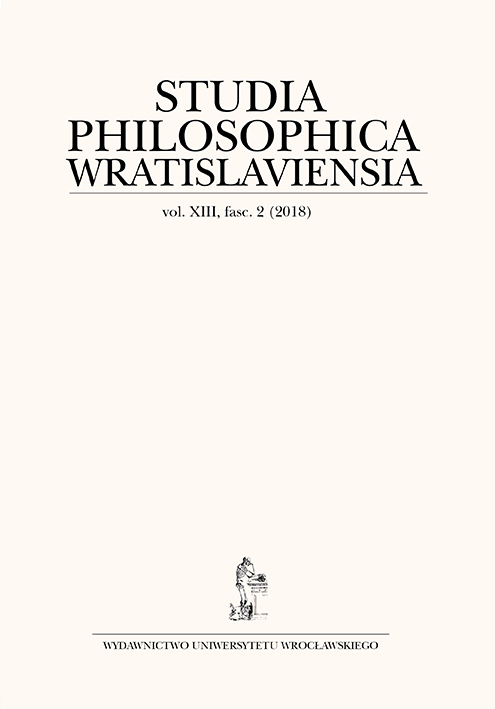

ARTYKUŁY

HOW MUCH AESTHETICS IN AESTHETICS...?
The pluralism of aesthetic theory does not exempt aesthetics from the answer to the question about its status as a philosophical discipline. The possibility of an aesthetic theory, which in the past two centuries was understood, significantly narrowing, if not falsifying, the meanings of the term “aesthetics” as a philosophy of art, became problematic in the face of the crisis of traditional understanding of art itself. Discussions about its “end” revealed not only the unstable, not to say: falling foundation, but also the uncertainty of the attitude that aesthetics, the uncertainty of aesthetics and the reason for its existence in relation to art. Artistic practice and the catastrophic historiosophy associated with it placed on the agenda as urgent and demanding solutions ontological and epistemological issues, the status of a work of art. Is the history of aesthetics therefore the history of the struggle of knowledge about art with the universalist claim of philosophy and its theological-metaphysical and idealistic-historiosophical overprotection? Does its present position determine the way in which it solves the tasks arising in this fight? The spectacular renaissance of aesthetics as “the first science” — in connection with the issue of perception, aesthetic experience, new media, the category of sublimity or allegory neglected by romantics — determines that the question of how much aesthetics there is in aesthetics seems to be the most relevant.